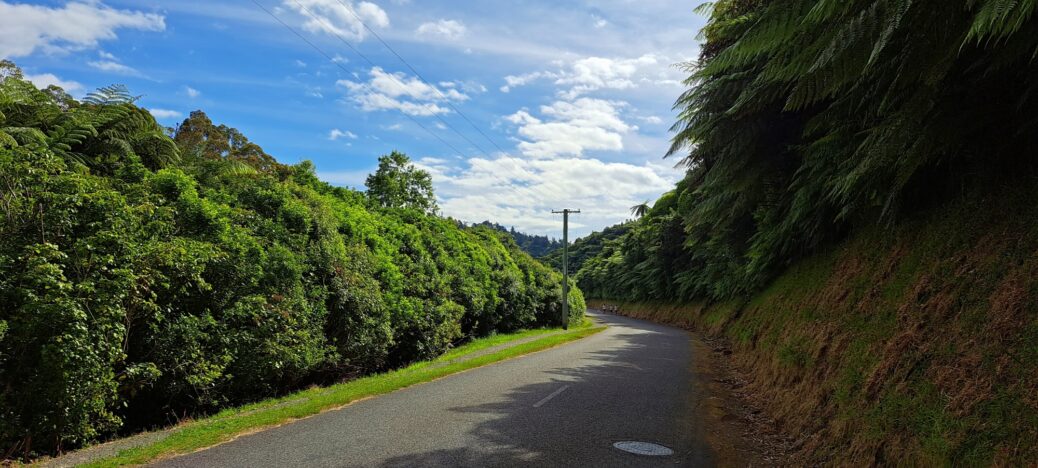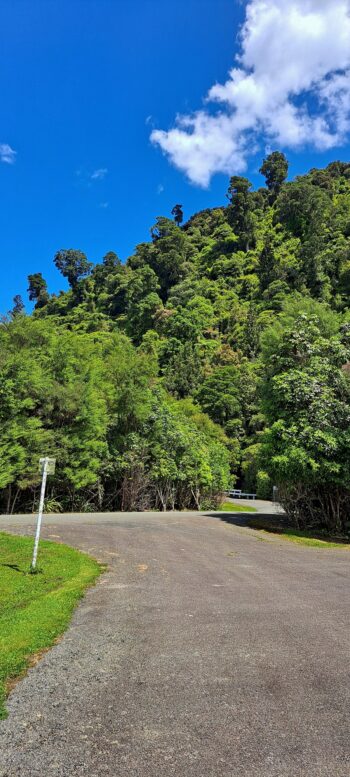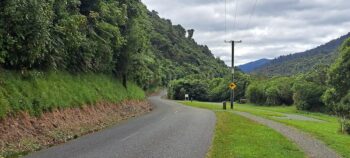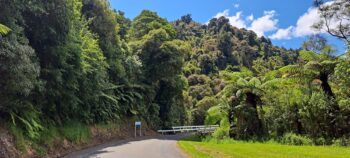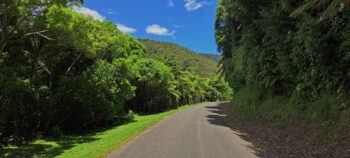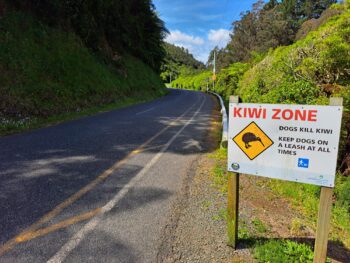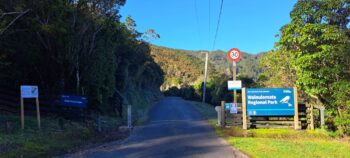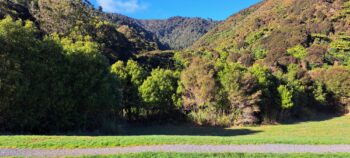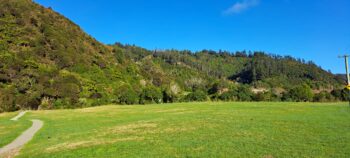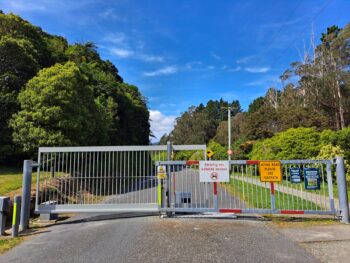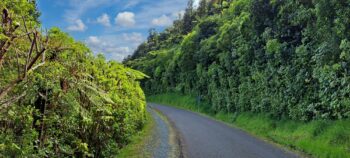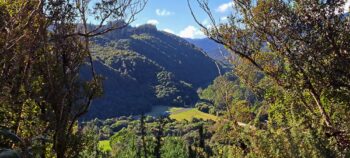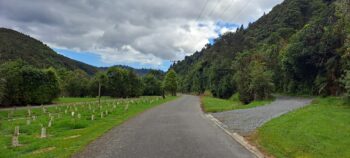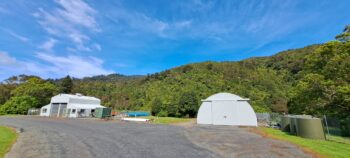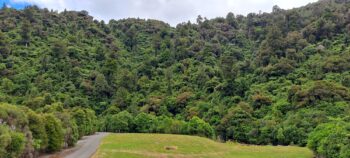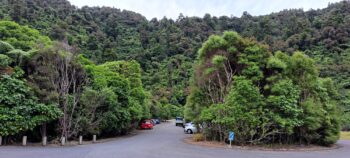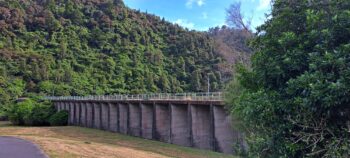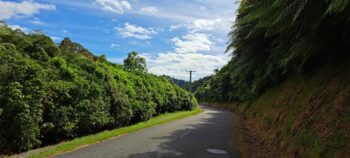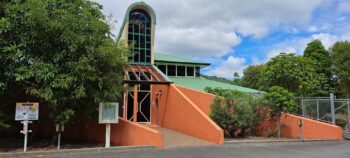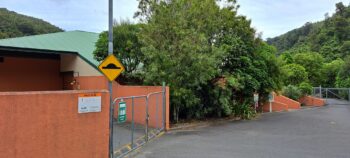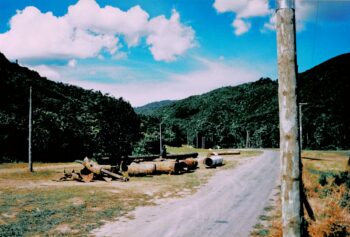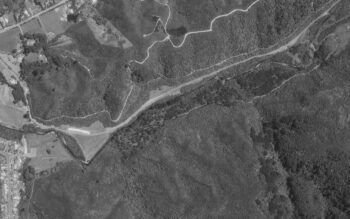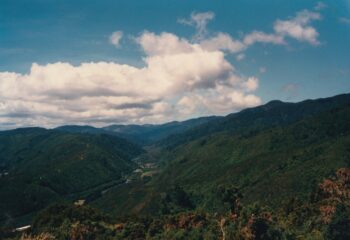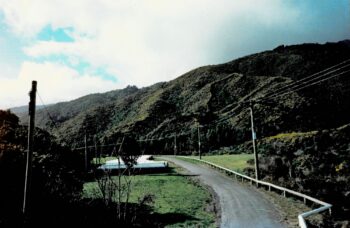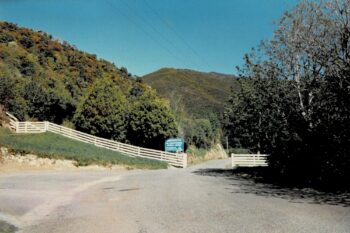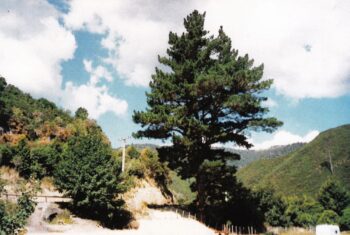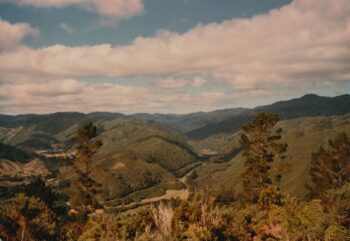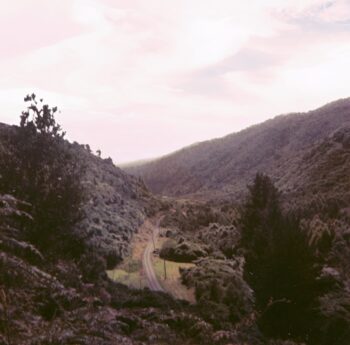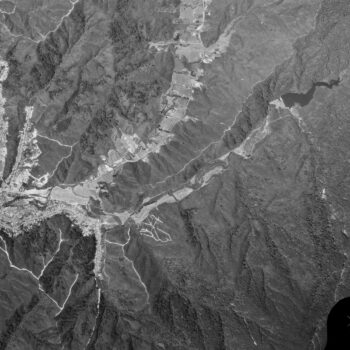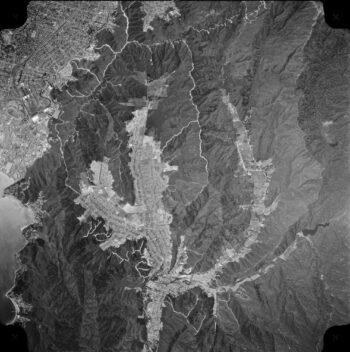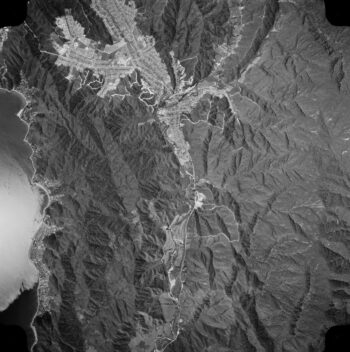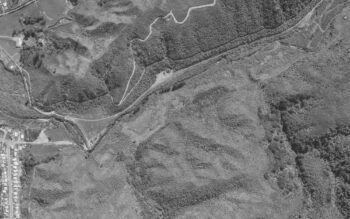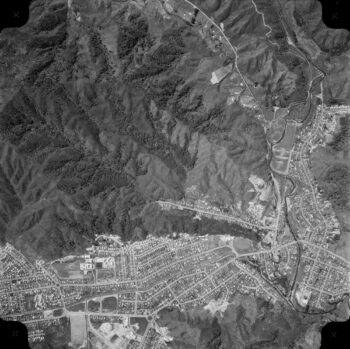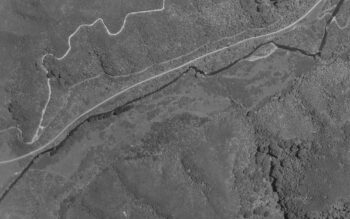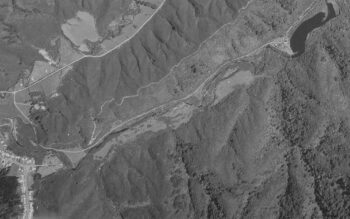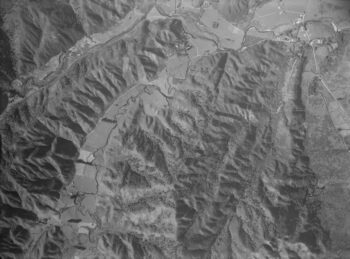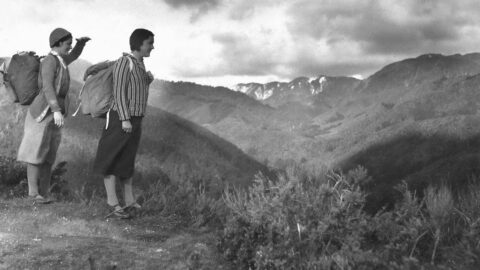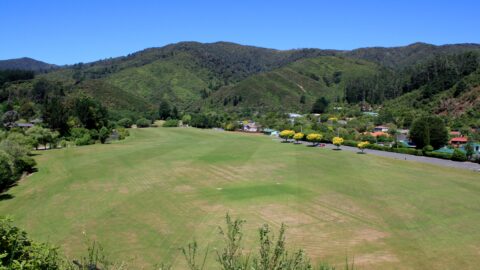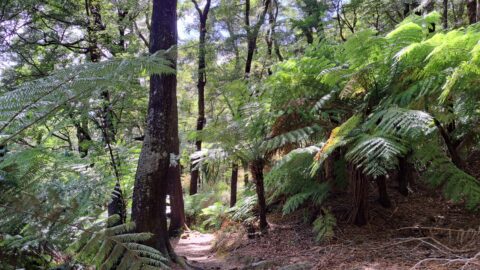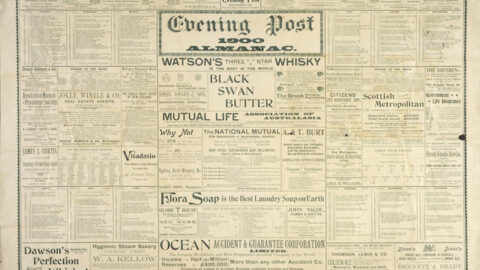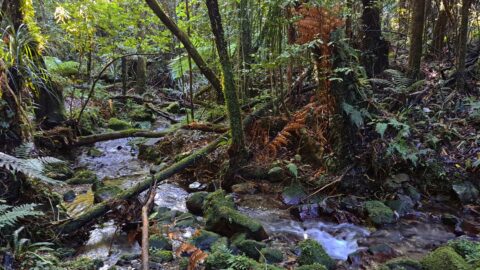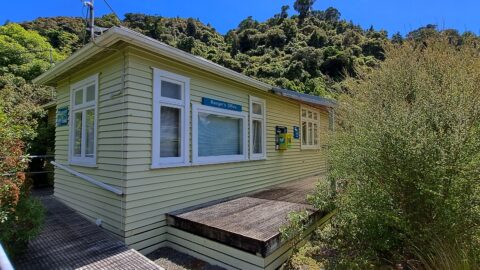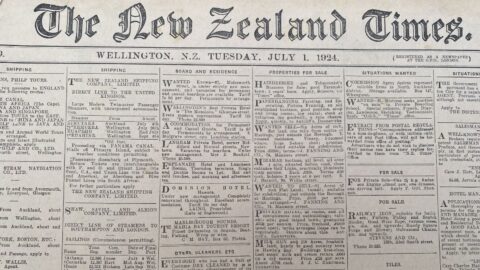Reservoir Road, a private route for waterworks and council staff, doubles as the Lower Dam Walk.
History
Reservoir Road traces its origins back to 1884, when a tramway was first established. By 1880, the Wellington City Council’s water catchment and pipeline project necessitated the acquisition of Sinclair family land to prevent logging and safeguard the pristine condition of the catchment area. Although the land was never officially purchased from the Sinclairs, an agreement was reached to cease logging. The family’s mill later faced bankruptcy and was sold, but not before contributing to the construction of the tramway leading to the new dam. Over time, the tramway was replaced by Reservoir Road, which remained unsealed for many years before eventually being paved.
Today
Reservoir Road is primarily a service route for waterworks and regional council staff, but it also doubles as the Lower Dam Walk, which is an integral part of the Gums Loop Walk. This private road, mostly free of vehicles, offers a pedestrian-friendly experience. Although a separate path next to the road is the official walkway, but most walk along the road.
While the road is open to the public for driving up to the car park, vehicle access beyond this point is restricted by a locked gate. This marks the beginning of the path leading to the Waterworks Recreation Area, home to a historic dam and a water museum. Along the way, visitors can explore various walking tracks and enjoy tranquil swimming spots like Ultimate Pool.
Just east of the Wainuiomata Water Museum and the old dam, a locked gate restricts access to the road leading to Morton Dam and the Wainuiomata Treatment Plant. Around this point, the road eventually merges into Catchment Road, also known as Top Road, where a car park is situated. All vehicles reaching this far must drive over the mandatory car wash before proceeding into the catchment area toward the Orongorongo Tunnel or the Orongorongo River.

